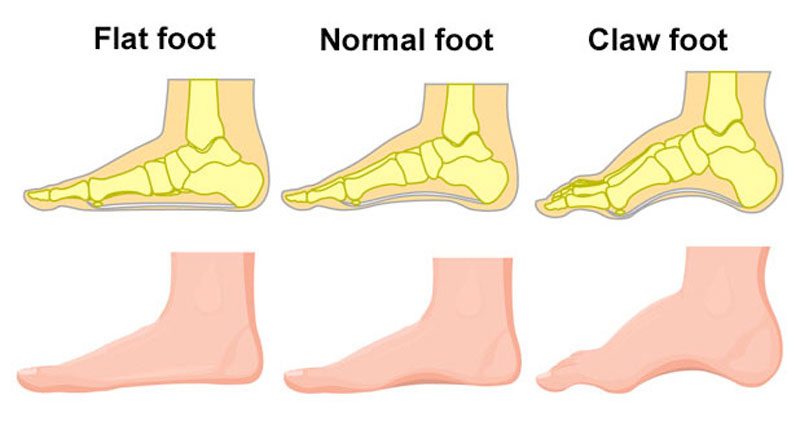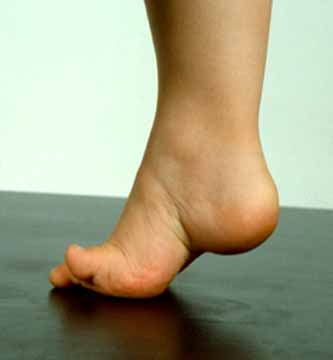

Pes Cavus of the foot can cause pain in the feet during running. This will often be associated with very tight calf muscles at the back of the lower leg. Claw feet are relatively inflexible which increases the chances of sustaining certain sports injuries. It is a genetic defect resulting in a high foot arch. Secondary biomechanical outcomes improved with the use of custom-made foot orthoses and footwear (pedobarography), but not with intramuscular injections of botulinum toxin (radiographic) or off-the-shelf foot orthoses (electromyography).Claw foot is also known as Pes Cavus.


There was no difference in reported adverse events following the allocation of custom-made or sham orthoses. Furthermore, a significant improvement in self-reported foot function and physical functioning was reported with custom-made foot orthoses.
PES CAVUS TRIAL
The trial showed a significant reduction in the level of foot pain with custom-made foot orthoses versus sham orthoses (WMD 10.90 95% CI 3.21 to 18.59). The one trial that fully met the inclusion criteria investigated the treatment of pes cavus pain in 154 adults over three months. We could not pool data used in the four studies due to heterogeneity of diagnostic groups and outcome measures. Three additional studies (botulinum toxin, footwear and off-the-shelf foot orthoses), all assessing secondary outcomes were included. Only one trial of custom-made foot orthoses fully met the inclusion criteria. One new trial of botulinum toxin was identified in the updated search. More research is needed to determine the effectiveness of other interventions for people with painful high-arched feet.įour trials were included in the review. Some biomechanical outcomes, such as pressure distribution, improve with custom-made foot orthoses and footwear, but many other biomechanical outcomes, such as foot alignment or muscle activity, do not improve with botulinum toxin or off-the-shelf foot orthoses, respectively. This trial with 154 adults showed that custom-made foot orthoses can reduce and redistribute plantar foot pressure and subsequently decrease foot pain by approximately 75%. This updated review analysed four relevant trials, but only one fully met the inclusion criteria. In particular, foot orthoses (aids applied and worn on the outside of the body to support the bony structures) customised to an individual's foot shape are increasingly prescribed by podiatrists, physiotherapists, orthopaedic surgeons and rehabilitation specialists for people with pes cavus pain. Many conservative therapies and surgical procedures have been recommended for cavus-related foot pain. Conditions such as these are thought to be the result of abnormal pressure distribution across the sole of the foot during walking. It has been estimated that 60% of people with cavus feet will experience chronic foot pain at some time in their life, most commonly beneath the forefoot (for example metatarsalgia, sesamoiditis) or heel (for example plantar fasciitis). Population based studies suggest the prevalence of pes cavus is approximately 10%, and its cause is primarily neuromuscular (for example Charcot-Marie-Tooth disease) or idiopathic (unknown) in nature. Pes cavus is characterised by an excessively high medial longitudinal arch (the arch on the inside of the foot) and is typically defined as a high-arched or supinated foot type.


 0 kommentar(er)
0 kommentar(er)
